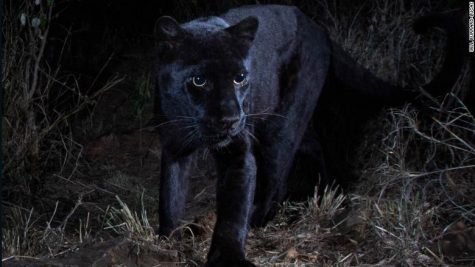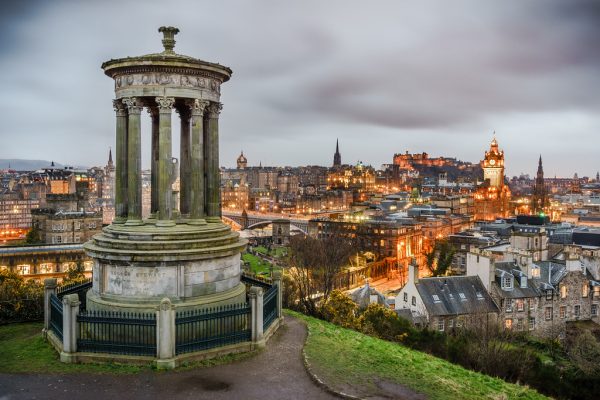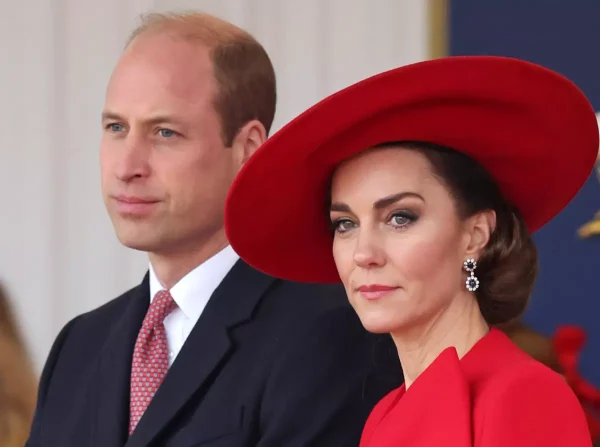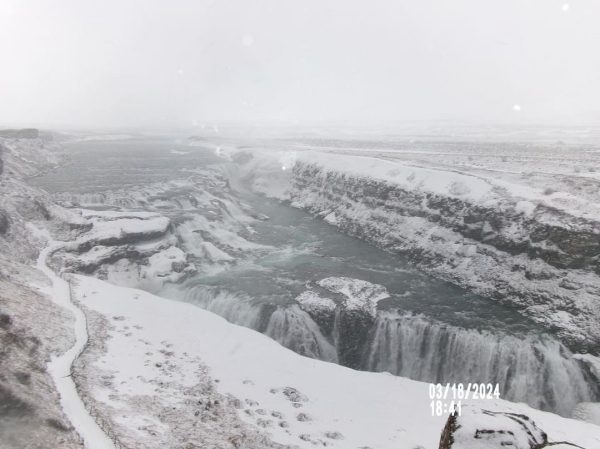Black Panther Arises From The Shadows
February 26, 2019
Animal activists, scientists, and environmental enthusiasts all rejoice in the first recent sighting of the black panther in Africa. The man behind the photo, a member of the biologist team set to get evidence of life, is Will Burrard-Lucas. This has been a dream of his for a long time, along with many other scientists. Overall, this was a huge success for the science world, due to the fact there has been no confirmed evidence of a black panther sighting since 1909 in Ethiopia. In the first steps to capture a photograph of the black panther, the team of scientists first had to track the location of the elusive big cat. They placed numerous cameras in Laikipia County which the majority would stream 24-hour footage. The cameras that were used, immediately triggered the picture to be taken with 2-3 flashes. This rare encounter shocked the world.

The rareness of black panthers is due to their skin pigmentation. They have an over production of melanin in their genes and that is a major reason of why these cats are so rare. Advanced placement environmental science student (APES), Trent Campbell states, “[I’m] Very surprised by the news, but I think it is awesome that black panthers are back. They are one of the coolest animals to live.” Also, they are hunted for game by poachers for sport and for their rare pelts. This is how many animals start to face extinction. There are over 16,306 endangered species on the list this year. The original attempt to prevent the number from increasing is the Endangered Species Act of 1973. This act states that if an animal is endangered it is in immediate danger for protection, and if it is threatened it is judged to be in jeopardy but not completely on the brink of extinction. Many critics state that the act does not do enough to protect the animals. Trent Campbell stated that in fact it does not protect the animals enough “…hasn’t stopped animals from going endangered.”
Extinction could happen in many areas of the world, including, your neck of the woods. Black panthers are not the only animals to becoming close to extinction, many plants and animals are getting closer and closer to the brink of extinction. In the Perkasie area, the awareness of rare and endangered animals is worrying. Many activists believe to save the biodiversity in our area we should educate ourselves and others on this issue. Multiple Pennsylvania wildlife species are on the endangered list. A few examples that are threatened by Pennsylvania poachers include the Northern Flying Squirrel, a Peregrine Falcon, and Short-eared Owl. Another key component that contributes to the accumulating deaths, is roadkill. There are around one million animals that become roadkill a day, this then results in 200 human fatalities per year. Along with poachers and roadkill, destruction of habitat is another factor in animals going extinct. Due to the increase of urban areas in comparison to rural locations, there is more conversions, fragmentation, and simplification. Conversion refers to replacing something that was once naturally there to something that is man-made. Fragmentation involves the separation of a large natural space where multiple species habituate. This is beneficial to some species, but detrimental to others. Lastly, simplification is the “simplifying” of habitats; by removing wood logs from a river they might also take a beaver’s den. When asked if people overlook the fact that we have endangered species around us, Heather Thomas, an APES student, responded with, “Yes, people associate the word endangered with exotic animals that require specific environmental conditions. That is not always the case.”
All three of the main ways animals become extinct happen in Pennsylvania, it’s cities, it’s and towns. A major way we can help save animals “avoid trophy hunting and [to] try veganism.” Heather Thomas added to her previous statement saying that, “People don’t realize what can harm the environment and the animals that live in it.” Do more to help the dying animals; every act counts, no matter how small.








